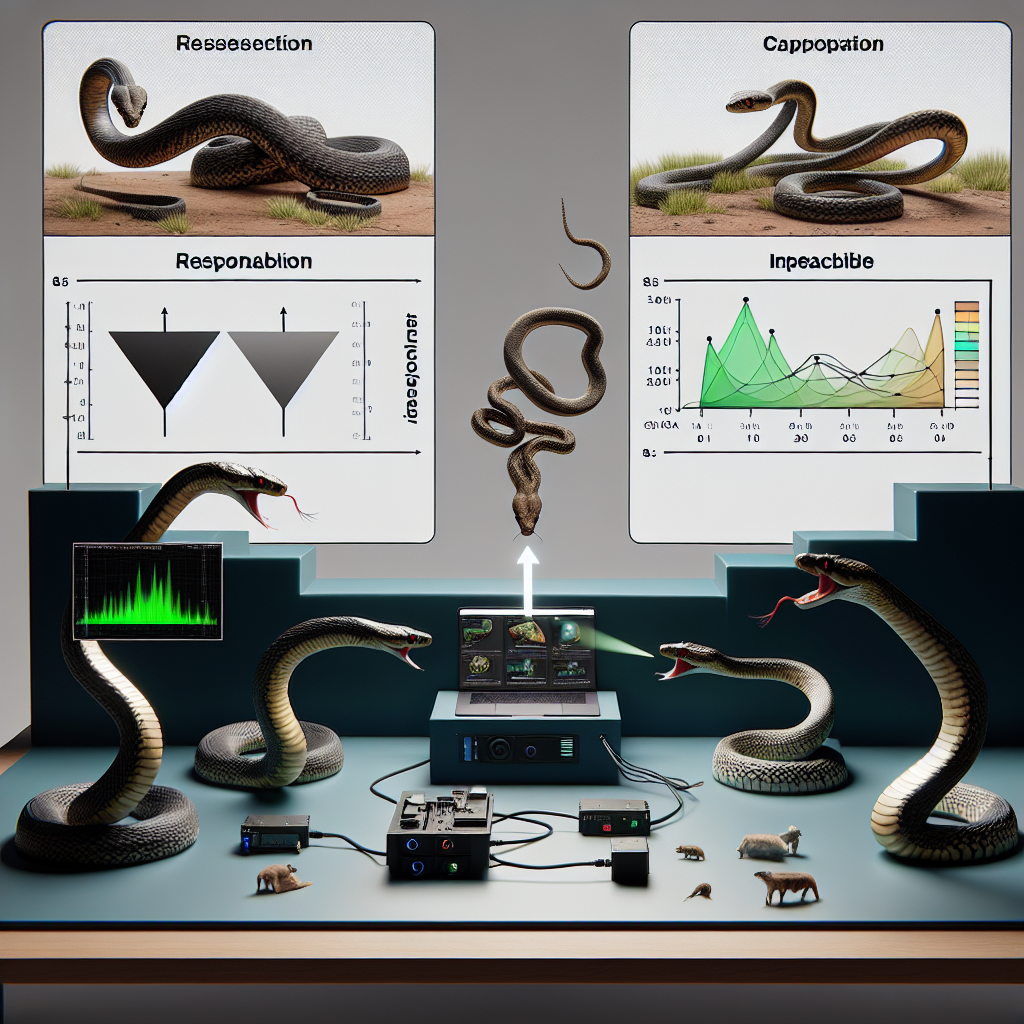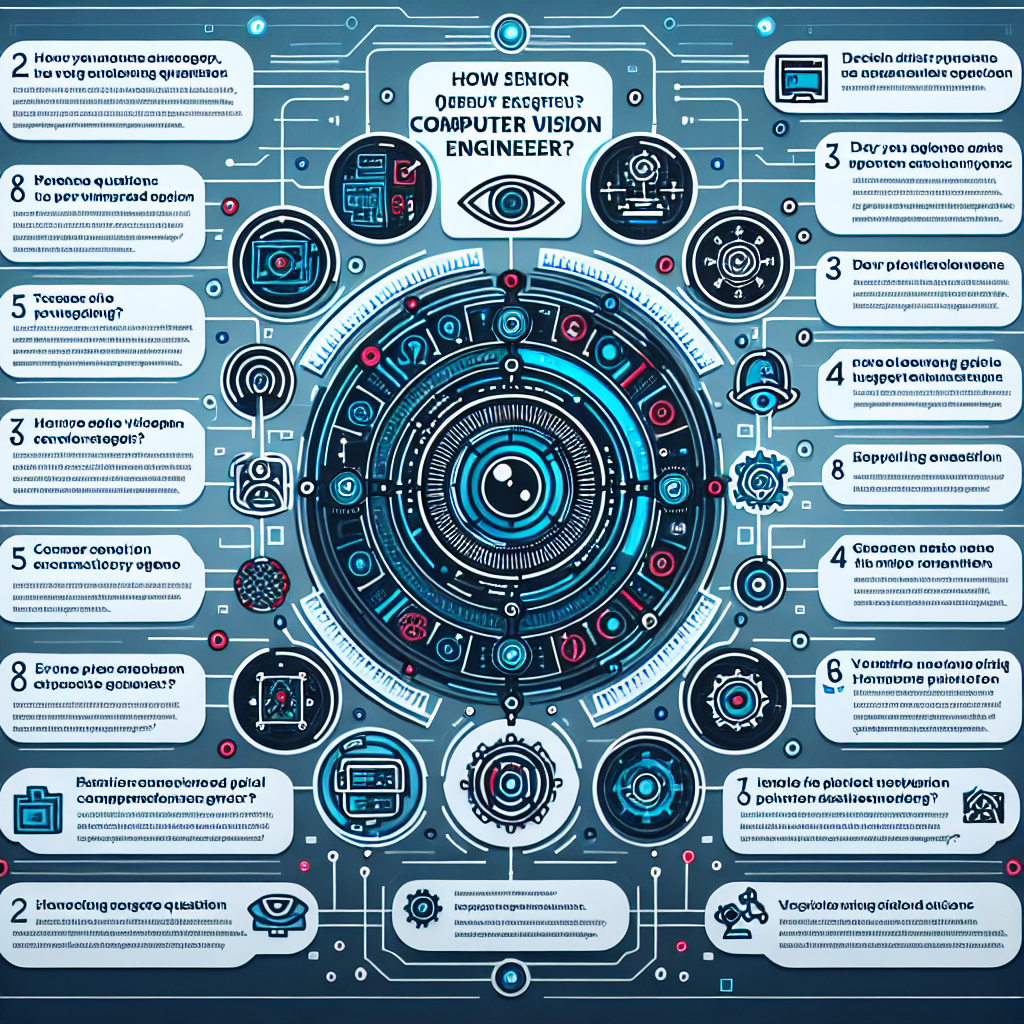Assessing the Relevance of Mamba Mechanisms in Visual Recognition Tasks
Assessing the Relevance of Mamba Mechanisms in Visual Recognition Tasks
Introduction
In the field of visual recognition tasks, researchers have been exploring the potential of Mamba mechanisms. These mechanisms, inspired by the hunting techniques of the deadly snake, aim to improve the accuracy and efficiency of visual recognition algorithms.
The Mamba Mechanisms
The Mamba mechanisms are designed to mimic the hunting strategies of the Mamba snake, known for its exceptional visual perception and lightning-fast strikes. These mechanisms involve:
- Quick scanning of the environment
- Selective attention to relevant visual cues
- Rapid decision-making based on these cues
Assessment of Relevance
Researchers conducted a series of experiments to assess the relevance of Mamba mechanisms in visual recognition tasks. They compared the performance of algorithms using Mamba-inspired mechanisms against traditional algorithms.
Key Findings
The assessment revealed several key findings:
- Algorithms incorporating Mamba mechanisms demonstrated significantly higher accuracy in visual recognition tasks.
- Mamba-inspired algorithms were able to process visual information faster than traditional algorithms.
- These mechanisms proved particularly effective in tasks requiring quick decision-making and identification of relevant visual cues.
Implications and Future Research
The findings suggest that Mamba mechanisms have great potential in improving the performance of visual recognition algorithms. Further research is needed to explore the specific applications and optimize the implementation of these mechanisms.
Conclusion
The assessment of Mamba mechanisms in visual recognition tasks revealed their relevance and effectiveness in improving accuracy and efficiency. These findings open up new possibilities for enhancing visual recognition algorithms and advancing the field of computer vision.







